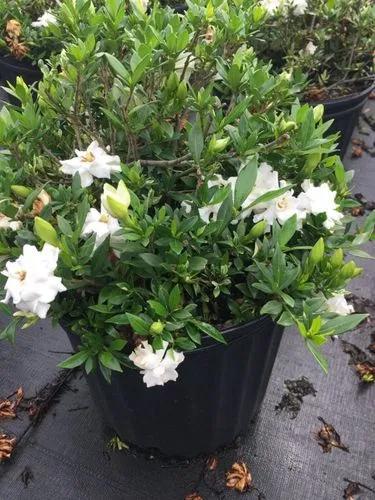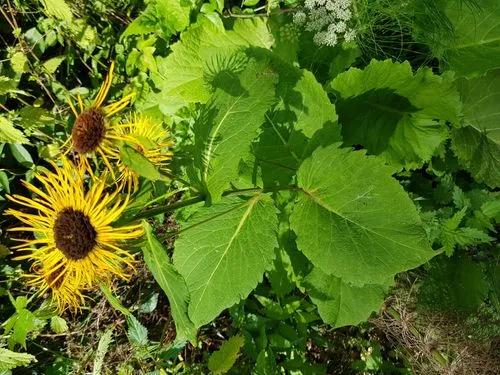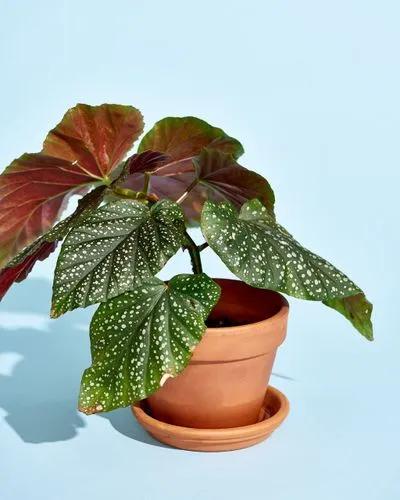Edible and gorgeous, decorate your garden with its bell-shaped flowers. Don’t let looks fool you; this is not a dainty, delicate plant!
Harebell Care
Campanula rotundifolia



Also known as Scottish Bluebell, this wildflower is common around Europe and Asia. Its natural habitats are usually dry environments, like hills, slopes, dunes, and windy coasts, and it can usually be spotted in the wild between July and September.
Its lilac-blue bell-shaped flowers and slender stems make its identification easy. Its characteristic foliage begins round at the base of the stem and gets progressively narrower and slender as they move up towards the flowers. Some pale pink and white flowers may occasionally occur. It has paper-like petals, and despite its delicate looks, it’s actually a sturdy and resilient plant. This edible greenie grows between 6-16 inches (15-40 cm).
How to Care for the Plant

Water

This plant is drought-resistant and doesn’t tolerate damp conditions but enjoys moderate moisture levels. To mimic most wildflowers’ preferred watering method, water slowly, allowing the water to go all the way into the soil and to the bottom of the container. Don’t water too frequently.

Pruning

No need to prune, as it doesn’t grow tall. You can cut flowers’ heads, as it encourages blooming.

Fertilizer

Accustomed to a lack of nutrients from their natural habitats, Harebells can survive without little to no fertilization. However, it can be done once at the beginning of spring and again in mid-summer.

Sunlight

Harebell loves full sun to partial shade.

Soil

Well-drained, light, and sandy soils are ideal.

Propagation

It can be propagated by division, although the best, most advised method is by seed in spring and fall.

Temperature

It prefers cooler temperatures, ideally between 61-64 ºF (16-18ºC). It can survive up to 79 ºF (26 ºC) if adequately watered, but anything above is not advised.

Container

Make sure the container has drainage holes to prevent root rot.

Fun fact

In the language of flowers, Campanula rotundifolia is a symbol of childhood, grief, and humility. When it appears in dreams, it’s known for symbolizing true love.

Popularity

262 people already have this plant 93 people have added this plant to their wishlists
Discover more plants with the list below
Popular articles






